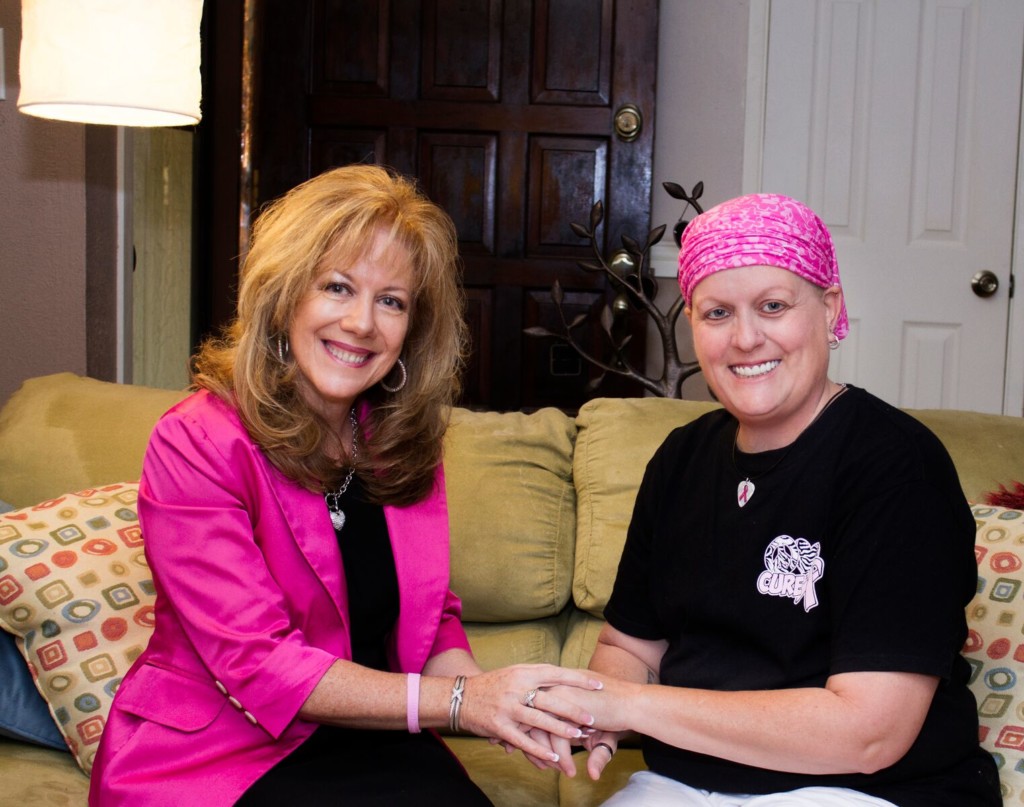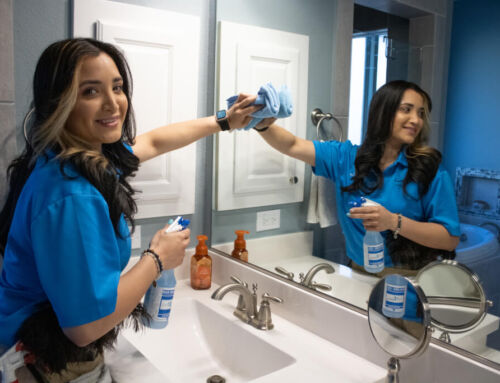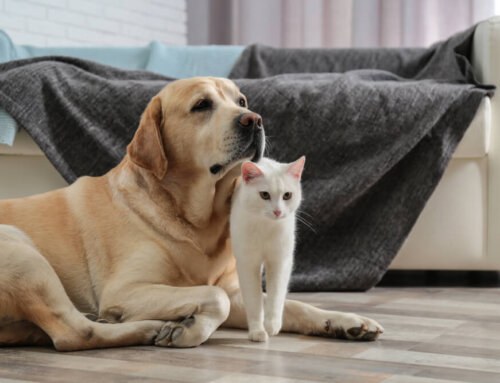Seeing pink lately? Yep, it’s October, Breast Cancer Awareness month in the US, and pink ribbons abound. Find them on teddy bears and rubber duckies. Rain ponchos, wine glasses and wrist watches. Purses, golf balls, key chains and shower shoes. Even ping pong tables. The pink ribbon is a prolific symbol of our collective commitment to end breast cancer. And the awareness and the resulting donations rolled into research and development over the last three decades have yielded results: a woman’s risk of dying of breast cancer dropped 38%between the late 1980’s and 2014, translating into 297,300 fewer breast cancer deaths during these years.
But the pink ribbon has also been hijacked, used to decorate thousand of items with no real connection to funding progress and a cure for this disease that still kills more than 40,000 women every year. This “pinkwashing” as it’s been coined should make every one of us angry…for our family and friends who have battled breast cancer and as consumers who think we are helping with our pink ribboned purchases when we are just being taken. “Nothing makes me more mad than to see scammers trying to profit from Pinktober,” says Debbie Sardone, president of Buckets & Bows Maid Service, a residential cleaning company that offers free house cleanings to women battling cancer in Southern Denton County, TX. “Consumers really need to do their homework. Just because a product is pink or there’s a pink ribbon on a website, it doesn’t mean the money is going to the right place.” Debbie speaks from experience as the founder of the cancer non-profit, Cleaning For A Reason, which has recruited over 1200 maid services nationwide to clean homes like her own Buckets & Bows team, and counts more than 26,000 women who have received the free house cleaning service.
The pink ribbon is not regulated and, while most of the ribbons on merchandise from yogurt tops to football uniforms do represent a true commitment of a company to supporting a legitimate breast cancer charity, it’s never a sure thing just because there’s a pink ribbon on display. If you’re buying a pink-ribboned product thinking you are contributing to a breast cancer charity, investigate first. How much of what you are spending/giving is actually going to breast cancer? It may be less than you think; many companies cap the amount donated. What cancer-related charity is actually receiving the donation? What does the charity do with the money they receive? How much of what’s being donated is going to research and development, to victims and families as opposed to funding overheads, salaries and administrative costs? Check the sponsoring company’s website for answers or visit online responsible watchdog organizations like Charity Navigator and the Better Business Bureau.
Go ahead…pink out this October but protect yourself and your money. Give generously but wisely. Ensure that your dollars are supporting actual work for the women (and men) fighting breast cancer and aren’t contributing to an outright scam or a company’s marketing program gone wrong. Companies with their pink ribbon logo shouldn’t be profiting from the disease that they claim to be fighting to end.
Here are a few excellent resources for educating yourself about avoiding pinkwashing.
- Charity Navigator is an independent charity watchdog organization that evaluates charitable organizations in the United States. It’s as easy to use as typing in the charity’s name.
- Better Business Bureau where you can check the BBB rating of for-profit and non-profit businesses.
- Think Before You Pink, a project of Breast Cancer Action that, in addition to giving pinkwashing protection advice, exposes companies who fly the pink ribbon but who are profiting from breast cancer.








Leave A Comment